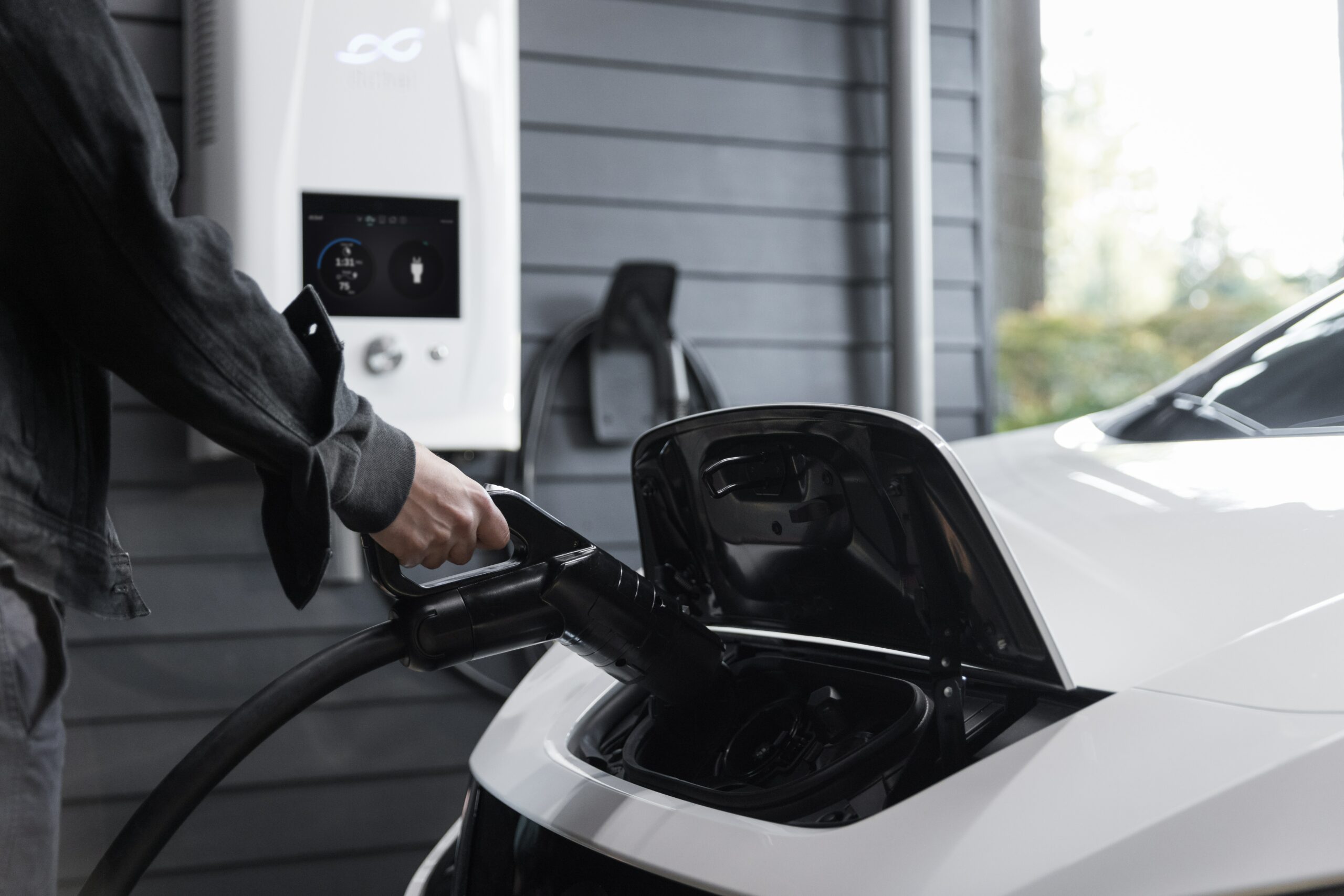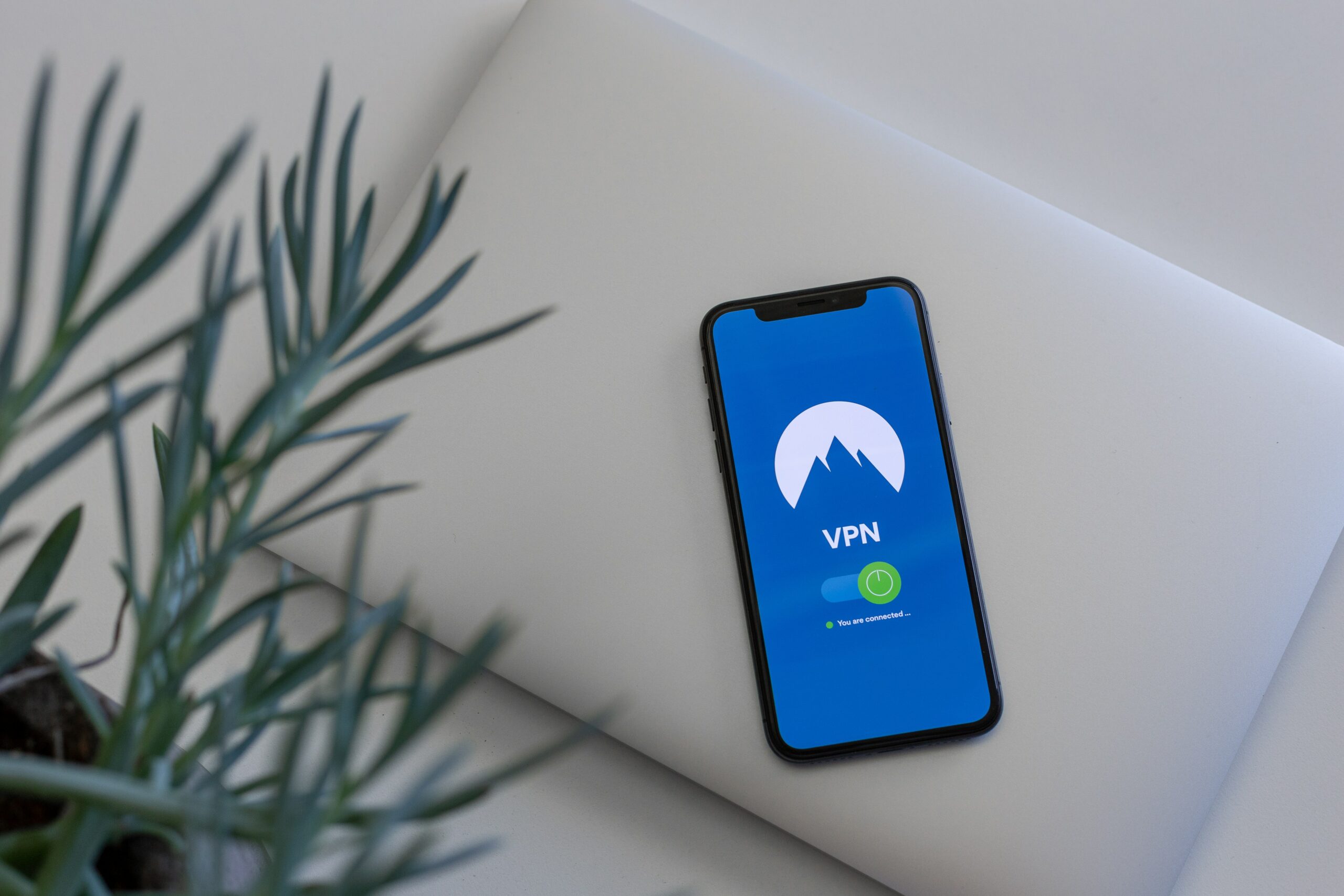It’s no secret that the Internet of Things (IoT) has transformed the way industries, businesses and consumers interact with the world around them.
As technology evolves, so do IoT’s use cases – just look at 5G and IoT, for example.
However, with this naturally comes IoT challenges that must be addressed for the technology to continue its growth and development.
From bandwidth access to security, there are plenty of IoT challenges to be considered for your IoT operation, but each with its own unique solution.
Find out about the nine biggest IoT challenges and opportunities in 2024 by reading more.
1) Coverage
A network connection is essential to an IoT operation. Without it, an IoT device will simply lose all its capabilities, massively affecting your operations or critical services.
Discovering the right network for your operation is a key part of the due diligence process, as some network options can severely limit where you can deploy your IoT devices.
For example, some may decide to use Wi-Fi for their IoT connectivity, but this can severely limit the scope of operations as devices will always need to be within a short range of a host router.
Those deployed in locations with third party or site owner Wi-Fi create problems of potential poor security or complex and difficult to manage security credentials.
Wi-Fi is important, however, as many pure IoT or hybrid IoT/user devices need Wi-Fi to connect due to their manufacturing constraints or end-user requirements.
For example, remotely managed printers, domestic EV charge points or payment systems often need Wi-Fi as a primary or secondary connection.
This can be due to their locality, cost constraints or use case needs. One instance being the extra cost of a 4G or 5G modem being viewed as prohibitive to the end user consumer.
Irrespective of the blend of connectivity needed, without the correct infrastructure available, you will either need to outfit your devices with a backup solution or cost in adequate router and network security infrastructure to keep dispersed devices connected.
The Solution For Coverage?
To ensure connection for mission critical IoT or hybrid deployments, using a blend of connectivity solutions helps provide the best price and quality mix.
For example, depending on the use case, Wi-Fi, routers, multi-network 4G/5G SIM cards and even fixed broadband or satellite can be used as primary, secondary and tertiary connections.
Often the constraining factors are cost of device components, battery capacity, costs of connectivity as a service (CaaS) and the expected mobility of the device.
Low Power Wide Area Networks (LPWANs), such as NB-IoT and LTE-M, can also help provide a reliable and cost-effective connection for a wide range of IoT devices which require low data footprints and long battery life.
Satellite connections can be costly and useless in buildings, or during poor weather conditions, but do offer marine coverage.
2) Scalability
With over 15.14 billion IoT devices globally, it’s commonplace for businesses to have thousands, or even hundreds of thousands, of IoT devices out in the field.
Each device will typically have its own individual management platform, which communicates with its underlying firmware, connectivity technologies and global support systems. Systems are often proprietary, making scaling mission critical IoT operations a challenging task.
Scalability can become even more difficult if your product needs to be fundamentally changed to support a new connectivity solution. Decisions that require consideration at the system or device design stage.
This IoT challenge also applies to cellular IoT operations, as Mobile Network Operators (MNOs) may offer different roaming functionality and services (or support) in different regions.
Operators have differing forms of contractual agreements which can produce extensive differences in costs of roaming or anomalies.
More countries are banning permanent roaming, which means that a local profile must be deployed over the air (OTA) in these types of in-country restricted access environments (I.e., Turkey & Brazil).
Due to the roaming ban, difficulties can occur when scaling your operation across multiple countries or in specific regions with permanent roaming restrictions.
This is especially a concern for devices that are expected to travel internationally in areas that include such regions, i.e., logistics, vehicles, shipping, and post-market telematics.
The Solution For Scalability?
Not only do you need to ensure all your IoT devices are connected, but also that they are secure and optimised for performance.
This applies not only to connecting the IoT devices themselves, but also for connecting any serving managed Wi-Fi routers, either as back-up or for enabling connectivity off the local corporate network.
However, these problems can be combated by selecting and using one of a wide range of Caburn Telecom IoT SIM Cards.
Our IoT SIMs use a range of global and regional footprints, including easy access to multi-network functionality in each country, as well as the flexibility of eSIM and resilient multi-IMSI capabilities.
We allow devices to connect to over 600 networks in nearly 200 countries and use form factors that can be manufactured at scale and enable after-service delivery market deployment.
3) IoT Security
IoT security challenges are nothing new. Since IoT was first introduced, devices have been targeted in cyber-attacks. For example, look at the infamous Mirai Botnet case which affected Linux devices such as cameras and routers (https://www.cloudflare.com/learning/ddos/glossary/mirai-botnet/, 2023).
When an IoT device is compromised, the data it collects can often be accessed by a third party without the user’s knowledge. This, in turn, can lead to dire consequences not only for businesses but also for consumers.
For example, if a person or organisation were to hack into an IoT smart home/building or router system they could gain access to confidential information.
This might include sensitive personal or business information, such as security credentials, bank account details, user email and the home address.
For these reasons, IoT devices and complimentary routers need to be connected and configured to access secure networks and only be connected to and managed by systems that provide the best-in-class security systems, methodology and processes.
Adding authentication, encryption and tunnelling security protocols to IoT devices can help protect them against cyber threats. However, many IoT devices have a limited power supply and adding these can notably increase their complexity of implementation, technical resources and skills needed to design and support, as well as the power consumption of basic transmissions.
Many devices, therefore, don’t have these capabilities built in.
Implementing at scale or delivering complex connectivity solutions involving many devices interwoven with local router infrastructure, however, makes these factors imperative.
This is especially the case when implementing retail or branch systems and for safety or privacy systems including cameras.
As technologies and techniques evolve, it is inevitable that new IoT security challenges will emerge. Without updating your devices, you will find your IoT system grows gradually more vulnerable to attacks.
It is for this reason that connectivity for EV Charge Points is now mandatory in law in England, meaning that critical safety and security updates are deployable rapidly and safely.
The Solution For Security?
While some basic IoT devices may struggle to be designed to implement the latest security technologies due to their low-cost hardware requirements or battery consumption constraints.
Low-power connectivity solutions are helping augment the available systems that help protect IoT devices from malicious activity.
For example, many basic devices traditionally used 2G and SMS for their connectivity and configuration. LTE-M technologies mean that more IP and data centric security controls can be put in place to overcome the limitations of those types of legacy devices via low-cost replacements.
Security features of IoT SIM cards, such as IMEI locks, Access Point Name (APN), IPsec and point-to-point and OpenVPN ensure that only approved devices can access the network and can only be accessed by approved systems and cloud-based infrastructure.
Using an IoT SIM card with roaming features or multi-IMSI connectivity means that devices are more resilient and are more likely to be able to be brought back to life remotely if the worst happens and malicious activity renders a device unusable.
Additionally, providers like Caburn Telecom, provide the extra protection of a variety of Virtual Private Network (VPN) solutions for devices as well as securely managed routers with in-built VPN and secure, limited tunnelling for remote management.
4) Limited Battery Life
As mentioned in the last IoT challenge, many IoT devices have a limited battery life, and their power sources are often difficult to recharge due to being deployed on third party sites or in remote locations. This can make it a major issue to keep them live and operational.
This becomes an even bigger challenge when devices must transmit substantial amounts of data over cellular connections or need frequent software updates.
Using larger batteries, however, can restrict where a device can be installed, or it’s portability, limiting its use cases and reducing its potential for successful scale.
For example, if a larger battery were to be used in a predictive maintenance use case, it could lead to the device becoming less able to be implemented in-vehicle or in-plant, more open to risk, hot temperatures or impact. Wearable devices in telecare or lone worker applications become too expensive and unusable.
Another key factor to consider is that a significant amount of IoT devices spend most of their lifecycle in remote locations, without any access to another power source. This means selecting the wrong network could lead to IoT connectivity challenges in addition to reducing the device’s lifespan.
Low Battery Solutions?
While ultimately, the nature of the device and its use case dictates the optimal connectivity solution and configuration, new technologies, such as LTE-M and NB-IoT, by virtue of having power-saving mode features, can enable some types of sensors and devices to extend their battery life for beyond 5 years.
These tend to be low data applications, however, and typical use cases include basic metering, weather or environmental monitoring or in the case of LTE-M, vehicle telematic systems.
By running operations at minimal power, devices in remote locations, having tight power budgets or no source of recharging can be expected to run on low-power connections for longer periods of time.
5) Reliability
Having a robust and secure infrastructure is essential to any IoT operation. However, hosting many devices on one network can cause delays, reduced performance and higher latency.
This challenge is further compounded when dealing with critical applications, such as factory automation, complex retail systems, or medical IoT (MIoT). Any failure in the network could lead to grave consequences, making it difficult for businesses to guarantee critical services.
The Solution For Reliability?
Using a combination of multiple mobile networks and hybrid connectivity solutions can help ensure that your critical IoT applications are always up and running. These solutions can provide secure and reliable connections even when one network fails, or when there’s a large influx of devices on the same connection.
While basic IoT devices invariably need managed cellular multi-network connectivity, many more complex local systems are relying on IoT routers and gateways to protect and serve their locally available devices.
For example, as retail becomes more complex, the ability to serve a range of devices including mobile tills, payment terminals, self-service kiosks and even robotics, via configured routers which secure critical devices and their bandwidth as well as throttling noncritical services when needed are becoming increasingly required.
5G routers provide greater flexibility and bandwidth and are available in building and vehicle mount formats – see our services via Caburn Solutions and CSL Routers.
6) Limited Bandwidth Availability
The amount of data IoT devices produce is enormous when considered at scale, and it’s only going to grow as the functionality of devices expands.
In fact, IoT devices are expected to style=”font-weight: 400;”>generate around 80 zettabytes of data by 2025 – that’s 45.7% of all global data. (erp.today, 2024)
However, one of the major IoT connectivity challenges these devices face is the limited bandwidth they often have access to due to the deployment in remote locations.
This can make it difficult and expensive to transmit any collected data, as with any IoT operation servers must rapidly process and analyse the increasing volumes of data it is faced with.
On the other hand, when there are too many IoT devices and consumers within a relatively proximity, it can congest networks, resulting in slower response times and reduced performances.
The Solution For Bandwidth Issues?
To combat IoT’s limited bandwidth availability, MNOs pay for a licence that privatised the Radio Frequency spectrum.
Much like a toll road on a motorway, this makes it so only their customers can access this certain bandwidth.
With the deployment of 5G, user and IoT device access expands greatly, but also requires core infrastructures to be invested in and grown to cope with the increase in devices and their signalling and data growth needs.
Additionally, using multiple networks (like NB-IoT and LTE-M), devices can still access remote areas with a secure connection that runs at minimal power.
The expansion of low range, high capacity 5G and further deployment of low data, high range, machine-to-machine LTE technologies, it is hoped, will help reduce congestion on the network.
As well as offering more reliable long-range communications for basic IoT devices, providing faster and more reliable connections for more complex devices and customers in 5G zones.
7) Remote Access
There are many IoT connectivity challenges for devices deployed in remote locations. This can typically range from limited site access, third-party ownership of devices, or the inability to allow downtime for upgrades due to their safety or mission-critical nature.
Many of these devices may also have limited access to power or need specialised forms of connectivity due to their range or propagation needs.
To operate a device running in such an area, many organisations rely on technical staff visiting the site to assist with set-up. This can be expensive, time-consuming and difficult logistically, especially if the operation is located in a hard-to-reach site or overseas.
Remote access capabilities greatly reduce costs in terms of support and maintenance. This is increasingly including the option to install localised routers which provide the ability to remotely and independently manage critical services and devices in these sorts of locations.
The Solution For Remote Access?
For businesses looking to access their IoT operations remotely, opting for cellular IoT connectivity solutions, such as 4G, 5G, NB-IoT and LTE-M, can help address this IoT challenge.
4G and 5G technologies provide secure and reliable data transmission with ever-decreasing latency for devices in such remote locations, as well as providing near ubiquitous national and global coverage.
By offering secure, resilient, remotely managed, and scalable router solutions which operate on multiple networks, devices in hard-to-serve locations can still access the internet at manageable service costs and with an exceptionally reliable service architecture and minimal potential for service interruption.
Deploying managed IoT solutions or managed routers means that devices can be securely accessed and troubleshooted, making it easier for organisations to provide high-quality support in remote areas without having to send technical staff on-site.
This is made possible by SIM, connectivity and device management platforms as well as the deployment of VPN solutions that only allow privileged access to devices or routers.
8) Interoperability
One of the key IoT business challenges many service producers and you yourself may face is making sure all your IoT solutions are compatible with each other and with your business application.
To cater for any new software or hardware, you may need to make a chain reaction of changes to keep your IoT operation’s functionality in compliance with each other.
While this is not the case for every IoT operation, another challenge to consider is if any underlying tech used in your IoT solution is proprietary, open source, or compliant with important standards such as the ISO, ETSI or the GSMA.
Without a designated regulating body, the quality of the software can vary due to there being no universal standard that must be met, or indeed increase the development effort of partners when integrating vital services.
This means it can be difficult to add innovative technologies or new functionality from different vendors or deploy your IoT operations in a new region or country.
The Solution For Inoperability?
While changing device hardware once deployed is expensive and resource-heavy, evolutions within the IoT industry mean that enhancing and upgrading solutions is possible via firmware upgrades.
As more intelligence is held with Edge devices and within cloud services, functionality becomes easier to develop and integrate within your IoT technology stack.
Integrating other emerging, compatible solutions becomes much easier. Utilising solutions which have well-constructed API will also mean that services can be efficiently integrated between different vendors.
As the IoT service industry continues to grow, newer integrations will become increasingly important to deliver the required functionality, overcome emerging security threats and to unlock the value of mass data services.
9) Maintenance
The last of the IoT business challenges on our list is the maintenance of IoT devices.
Because these devices need to periodically connect to the internet, they require ongoing maintenance to maintain their performance and security features. This can, in the worst cases, mean manually needing to update each device with the latest software patches or improvements.
This can be a costly and tedious process, especially if you have many devices scattered across multiple locations and geographies.
A device’s connection also requires management. Protecting mobile networks is a vital part of a device’s functionality and means that the status of devices needs to be monitored and configured to ensure that they do not repeatedly and frequently send signalling data on-masse.
This form of signalling storm can occur when devices are unable to connect for an abbreviated period or become dysfunctional. This is a major concern for mobile network operators, devices that behave improperly or do not use algorithms to disperse traffic can take down a network.
With the increasing growth and deployment of IoT devices over many years, legacy devices begin to resemble ‘space-junk’ and if not switched off can create an ongoing headache.
Many mobile operators are now developing kill-commands, which can take out problematic old, unused or legacy devices which are deemed nuisance or network endangering.
The Solution For Maintenance?
By hosting your IoT operation in the cloud, you can make sure that all your devices are updated with the latest software and security updates.
This makes maintenance a much simpler, more centralised process as it eliminates the need to manually update each device or visit sites in person. Furthermore, if any issues arise with one of your devices, they can be quickly identified and addressed remotely before operators initiate a process of deactivation.
Unlock IoT Opportunities, Not IoT Challenges
The IoT industry continues to evolve at a rapid pace, so it’s important that businesses stay abreast of any new challenges they may face. With the right solutions in place, such as using cellular IoT connectivity, remotely managed secure routers or cloud-hosted solutions, many of these challenges can be effectively managed.
Make sure that before implementing your IoT operation, you identify a provider that can help you navigate any potential challenges. This way, your business can focus on unlocking the full potential of the IoT industry instead of having to manage obstacles.
Fortunately, when you choose Caburn Telecom you don’t opt in for IoT challenges – you choose headache-free IoT opportunities.
Caburn Telecom is an industry leader in IoT connectivity solutions, offering secure, reliable and cost-effective solutions for IoT operations of all sizes.
Contact us today to find out how Caburn Telecom can help your business unlock the full potential of the Internet of Things.





